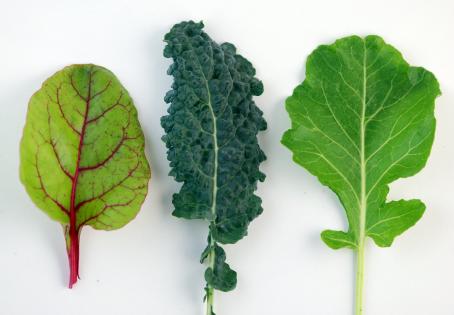We’re being urged all the time to improve the quality of the foods we eat, whether it is avoiding certain added ingredients or choosing foods that are more nutrient dense. But as food prices continue to rise, it is getting harder to do.
Here are some tips to save money and eat healthy.
Don't skip the leafy greens! Spinach, kale, broccoli, lettuce are some of the most nutritious and affordable foods you will find in a grocery store. The darker the colour, the more nutritious. Many salad greens are also a good source of vitamin C, potassium, fibre and other phytonutrients. Rather than buying the pre-packaged bags of lettuce, go for the fresh heads. They are cheaper. But if the supermarket or store where you shop has automatic misting on their vegetables, make sure you shake off the water before you get it weighed at the check-out!
Canned tomatoes are an excellent source of the heart-healthy antioxidant, lycopene, which your body absorbs more easily from cooked tomatoes than it does from raw. Make your own pasta sauce from crushed tomatoes: add a tablespoon of olive oil, some garlic, thyme and basil, and you'll have a great sauce for about $2 and you'll be avoiding those added sugars and other ingredients. Look for canned tomatoes that are naturally peeled.
Frozen berries are also high in nutrition, good quality and generally cheaper than the fresh berries. You can buy mixed berries or individual berry types on their own. They’re delicious by themselves or with a dollop of low fat natural yoghurt or ice cream.
Go fish! You don’t have to buy fresh fish to get the benefits of it, especially as fresh fish tends to be so much more expensive. Head over to the frozen fish section, where you'll find all types of seafood which are often better than the fresh variety, as they’ve been frozen only once. This is important as sometimes a fishing trawler can be out on the ocean for days, if not weeks, at a time and fresh fish can actually have been frozen and defrosted before you see it as 'fresh'. Of course, if it's genuinely fresh, it's fantastic! But be sure to read the country of origin label, which is usually on the back of the package, to make sure you know where the fish is coming from.
Cheese. Choose cheese in the dairy section that is wrapped in clear plastic, rather than fancier packaging found elsewhere. Believe it or not, buying quality cheese in a plain plastic wrap can save quite a bit.
Water. Sorry, but this has been one of the great ‘cons’ of the past 15 or so years. We have some of the best water in the world in Australia (except, perhaps, Adelaide), yet we’ve all been conditioned to buying bottled water. If you really must put your water in a bottle, then support your local sporting club or charity and buy a drink bottle to fill up instead!


















__small.png)










